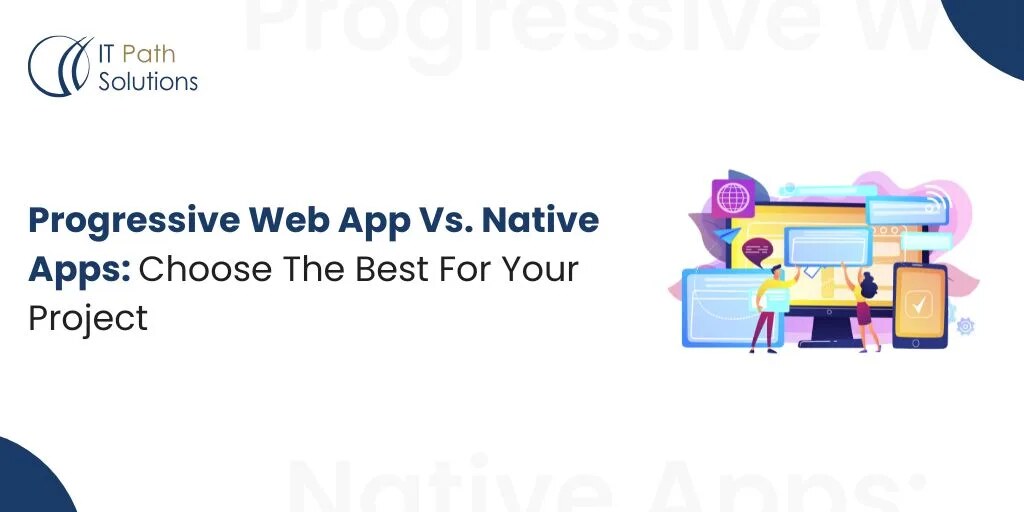


Progressive Web App Vs. Native App Development: What Should You Pick and Why?
In today’s mobile-first world, businesses aiming to offer seamless digital experiences are faced with a critical decision: Should you build a Progressive Web App (PWA) or go with Native App Development? Both approaches have their own merits and challenges, and the right choice depends on your business goals, target audience, and budget.
In this blog, we’ll dive deep into the differences between PWAs and native apps, explore use cases for each, and help you decide which one is the better fit for your business.
A Progressive Web App is a type of web application that uses modern web technologies to deliver an app-like experience directly through the browser. It combines the best of both web and mobile apps—offering offline access, push notifications, fast loading speeds, and the ability to install the app on a device’s home screen.
A Native App is built specifically for a particular operating system—iOS (Swift or Objective-C) or Android (Kotlin or Java). These apps are downloaded and installed via app stores (Google Play, Apple App Store) and have full access to device hardware and OS-level APIs.
| Feature | Progressive Web App (PWA) | Native App |
| Platform | Web-based, cross-platform | OS-specific (iOS or Android) |
| Installation | Through browser, add to home screen | Via App Store / Google Play |
| Development Cost | Lower | Higher (usually double for both OSes) |
| Performance | Good, but limited by browser | Excellent, optimized for device |
| Offline Functionality | Yes (via service workers) | Yes (native APIs) |
| Device Feature Access | Limited | Full access |
| Updates | Automatic through browser | Requires app store approval |
| Discoverability | Search engines | App stores |
| Push Notifications | Supported (with limitations on iOS) | Fully supported |
PWAs are a great option when:
Real-World Examples:
Native apps make sense when:
Real-World Examples:
Ask yourself these questions:
There’s no one-size-fits-all answer. If you’re a startup or small business looking to get up and running quickly, a PWA is a cost-effective and efficient choice. On the other hand, if you’re building a feature-rich, high-performance app that relies on deep device integrations, native development is your best bet.
For many businesses, a phased approach works best—starting with a PWA to validate the concept and later transitioning to native apps as user demand and functionality needs grow.
